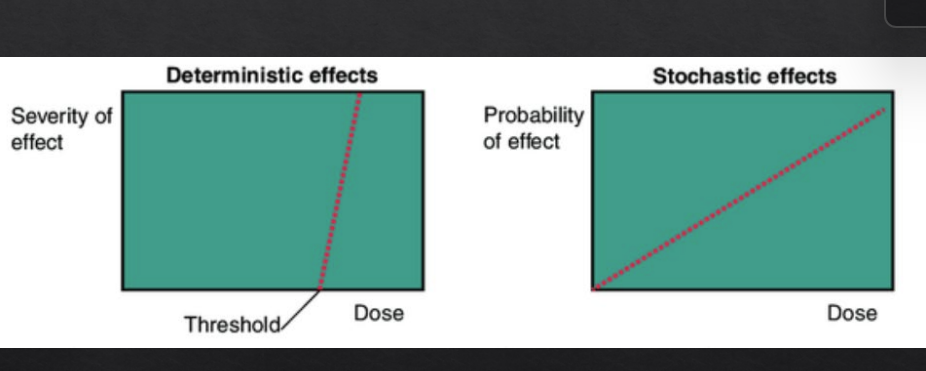what happens when X rays hit you or your patient?
1/20
Earn XP
Description and Tags
3
Name | Mastery | Learn | Test | Matching | Spaced |
|---|
No study sessions yet.
21 Terms
recap - what are X rays?
X rays are a type of electromagnetic radiation
they are an ionising radiation source
they are at the higher end of the EM spec
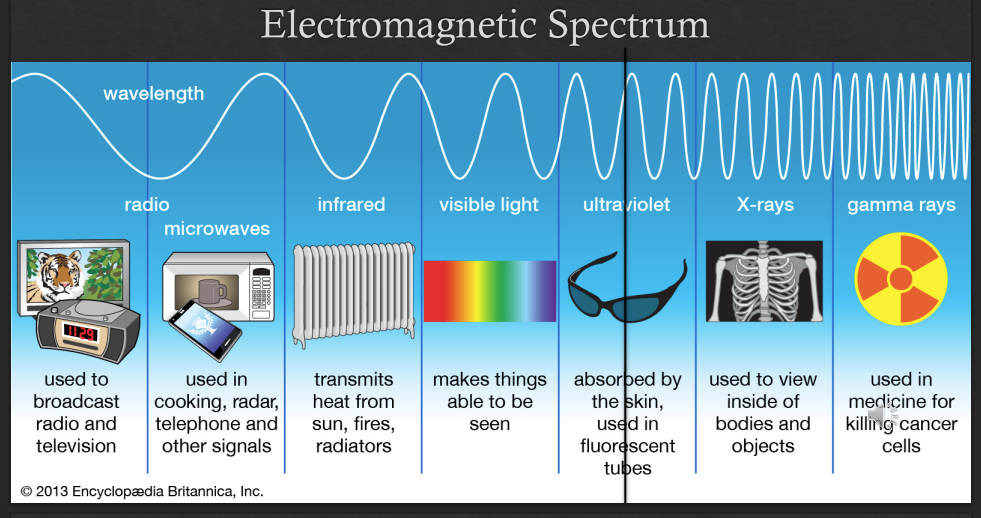
interaction of X rays with matter

there are two types of interactions that can occur at the atomic level - what are they?
photoelectric effect
Compton scatter
photoelectric effect
this is the effect that gives us contrast in our final images
the electrons that are furthest from the nucleus have the weakest attraction
the photoelectric effect is what happens when an X ray interacts with in inner shell electron
X ray will come into the atom, interact with an inner shell electron
because the electron is highly attracted to the nucleus, it requires all of the Xray’s energy to eject that electron from the atom
the X ray becomes fully absorbed - and completely removed from the X ray beam
contributes to contrast on the final image → the more Xrays that are removed from the beam - the less X rays are going to hit the detector, the more RADIOPAQUE / WHITER the image will look
the more X rays hit the detector - the darker, or more radiolucent the image will be
ion is formed
atoms with a higher atomic number …
more shells of electrons
more photoelectric interactions will be taking place
more X rays will become absorbed
less X rays hit the detector
the whiter / more radiopaque the image will become
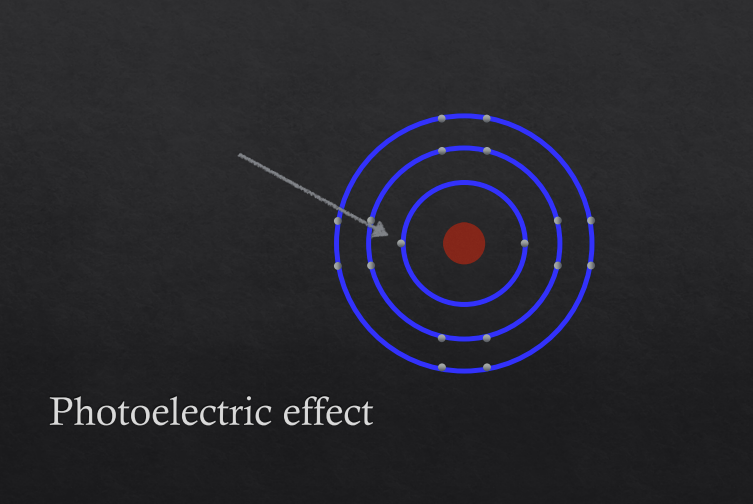
photoelectric effect - consequence
greater atomic number - more photoelectric interactions - more radiopaque
contributes to contrast
because the electron is ejected from the atom - it has a net positive charge - IONISING
BUT contributes to dose
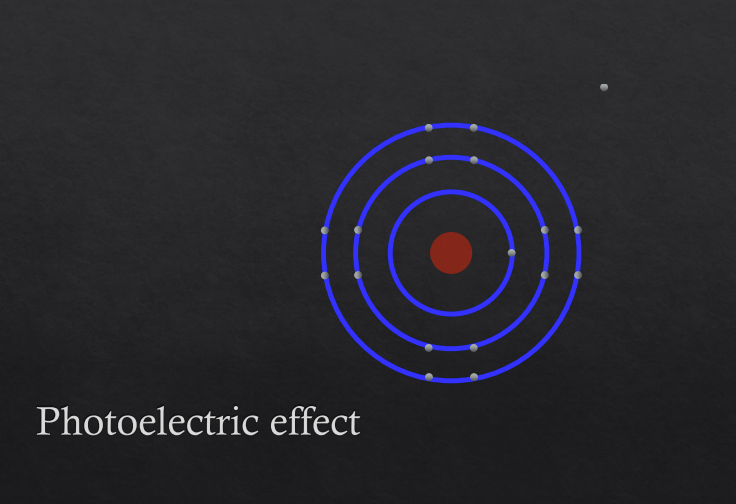
what is Compton scatter ?
scatter occurs when an X ray interacts with an outer shell electron
because outer shell electrons are further from the nucleus
they have less strong attraction to the nucleus
therefore less energy is required to eject one of these outer shell electrons from the atom
only part of the Xrays energy is used to eject the electron
electron is still ejected - ionising STILL
part of the Xray’s energy was required to eject the atom - X ray is redirected with less energy in a different direction - scatter
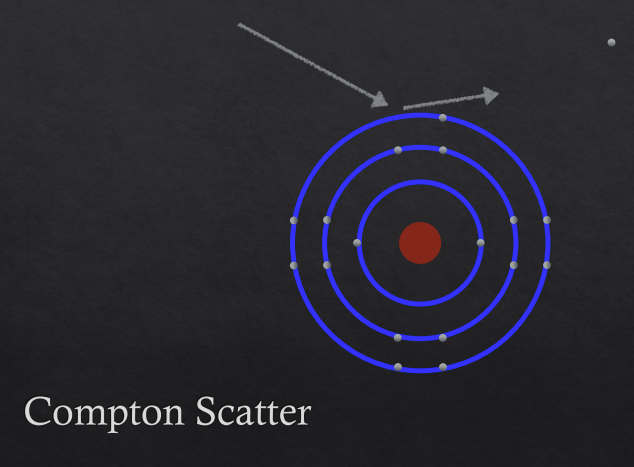
Does Compton scatter still contribute to dose?
yes - because the atom still becomes ionised
what is an issue with Compton scatter?
because the X ray is diverted after knocking an electron off - it hits the X ray detector at a different location than the correct anatomical point - reduces image quality and reduces contrast
contributes to dose but doesn’t contribute to image quality
we would prefer to have more photoelectric interactions instead
what are the two main ways X rays affect molecules? (DNA molecules)
if atoms become ionised - the molecules that they are a part of can also become ionised
direct effect
indirect effect
direct effect of X rays on DNA molecules
direct effect of X rays on DNA molecules
minority of DNA damage

Indirect effect of X rays on DNA molecules
interactions between X rays and water molecules
water molecules become ionised - break down , they produce free radicals
free radicals go on to damage the DNA
majority of DNA DAMAGE
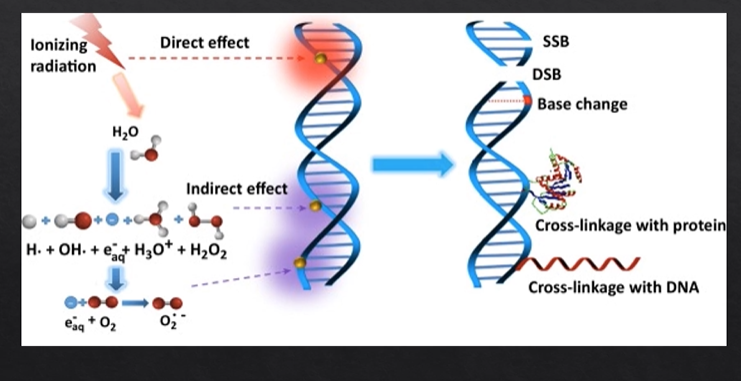
Interaction of X rays with cells - if DNA within a cell becomes damaged - what are the two potential outcomes?
cell death
cell mutation
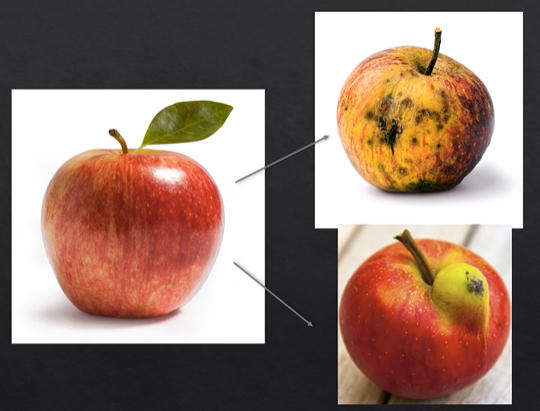
interactions of X rays with tissues
this depends on whether the X ray causes mutations or cell death
deterministic effects
dependent on cell death
Stochastic effects (chance)effects
dependent on cell mutations
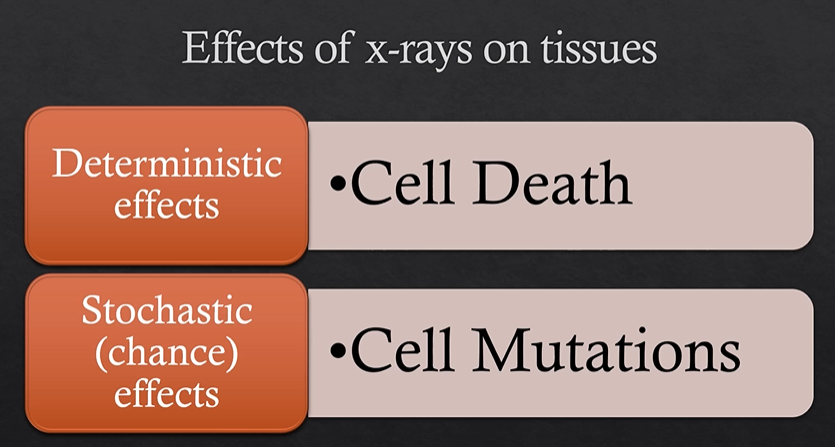

what is a deterministic effect?
‘radiation burns’
effects that will definitely occur once a threshold dose is passed
(skin reddening, hair loss, cataracts)
caused by cell death
higher above the threshold dose that you go, the more severe the effects become
before the threshold dose - it is impossible for these effects to occur
in diagnostic imaging - the doses are so low, that it is impossible for these effects to occur
when do deterministic effects actually occur?
radiotherapy - when they have a cancer - inducing cell death in cancer cells
there will be collateral damage to healthy cells
erythema to skin, hair loss, death of salivary gland cells - dry mouth
what are stochastic/chance effects?
may be induced by any dose of radiation - depends on the laws of probability
there is no safe dose
radiation induced cancers → if body cannot apoptose the mutated cell → malignancy may form
damage to cells based on mutations
severity of the outcome is not dose dependent
probability of outcome is dose dependant
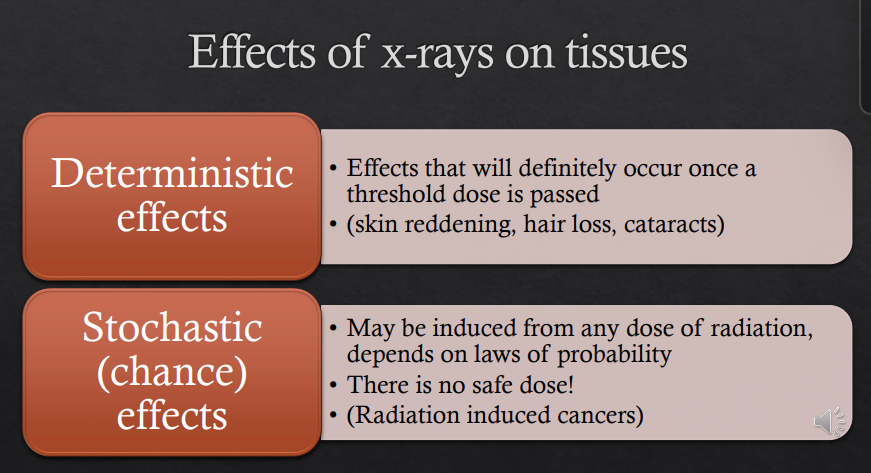
deterministic vs stochastic effects
note axis
dental imaging is far below threshold dose
3rd type of effect - stochastic genetic effects - these only occur if the reproductive organs are affected
